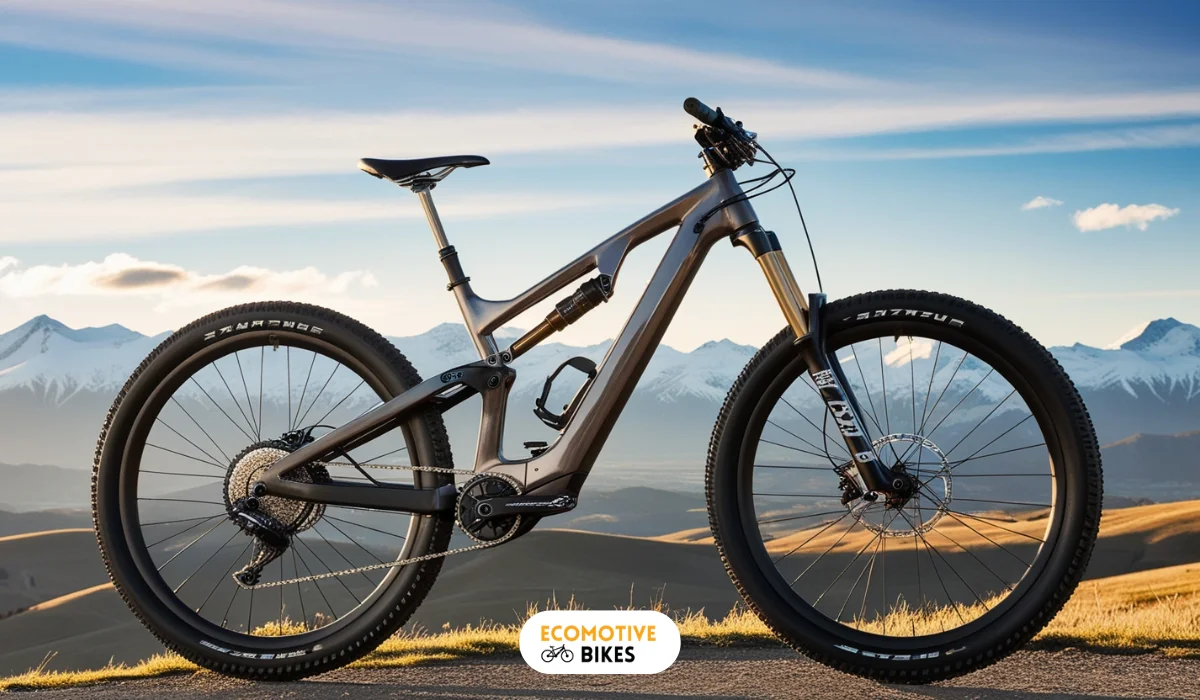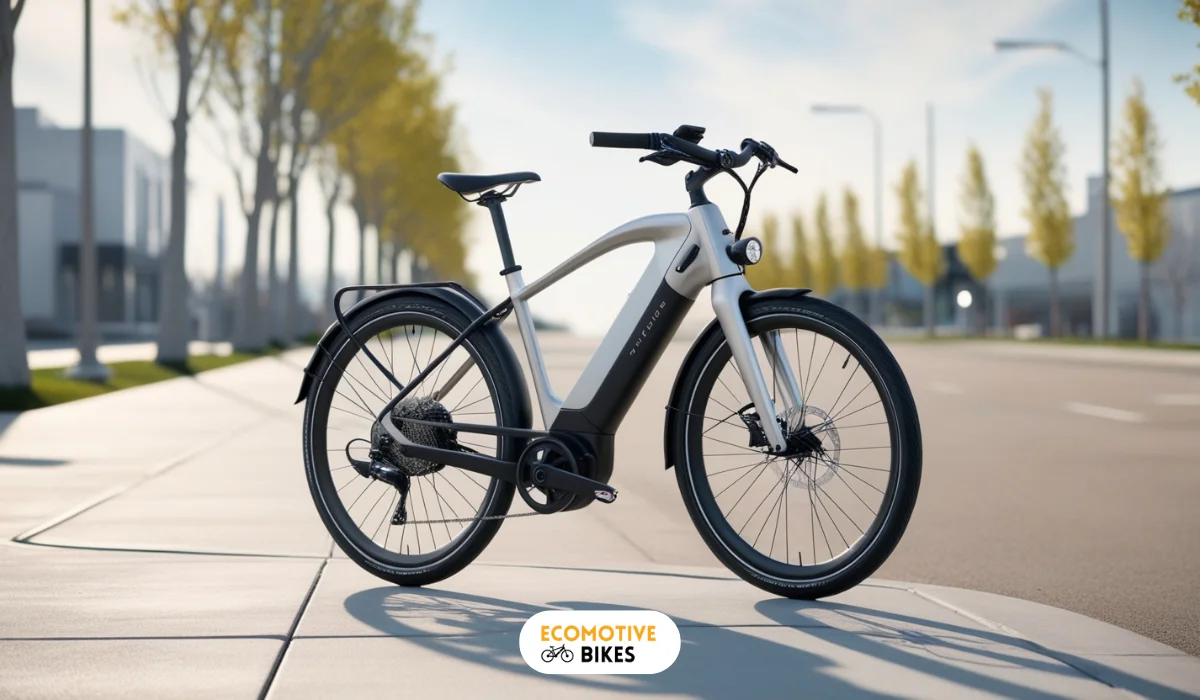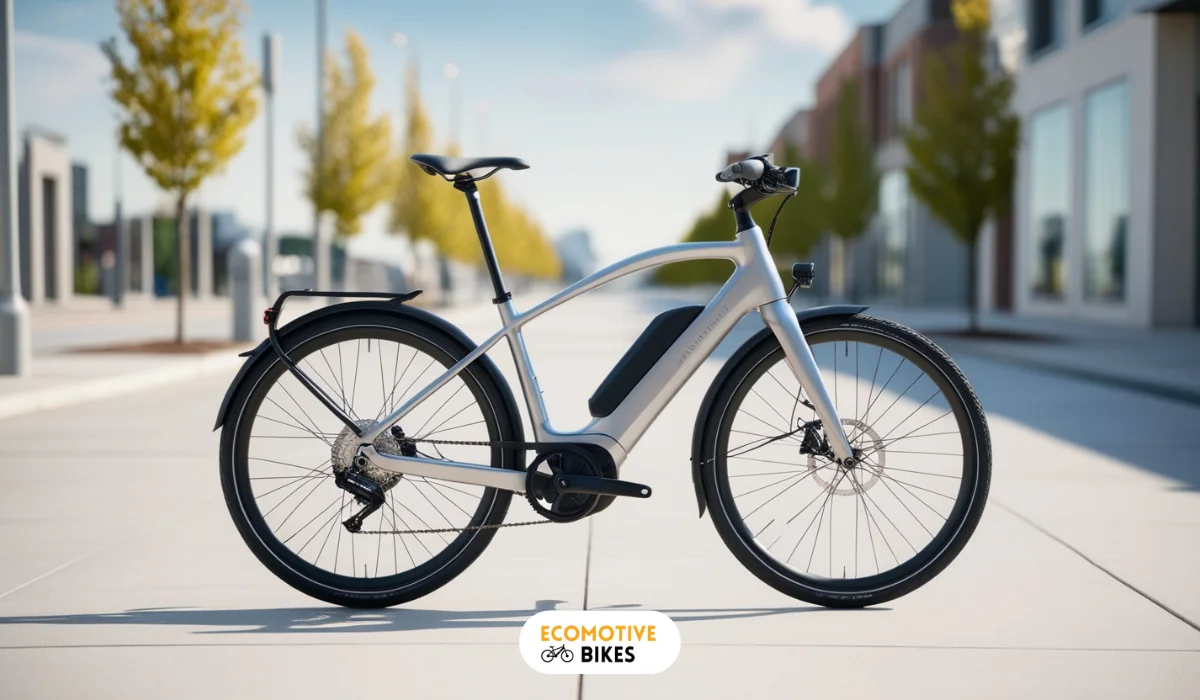Do All E-Bikes Have a Throttle? Throttle vs Pedal Assist
Do all e-bikes have a throttle? Learn the differences between throttle and pedal-assist systems, and which types of e-bikes come with a throttle feature.
Table of Contents
Related Articles:
E-bikes have become increasingly popular for their convenience and efficiency, but not all models are built the same. One common question new buyers ask is, “Do all e-bikes have a throttle?” The answer depends on the type of e-bike and its intended use. In this article, we’ll explore the differences between throttle-controlled and pedal-assist e-bikes, helping you understand which models feature a throttle and how they work.
What is a Throttle on an e-bike?
A throttle on an electric bike allows the rider to control the bike’s speed without the need to pedal. Similar to a motorcycle or scooter, it lets you accelerate by twisting or pressing a control, depending on the type of throttle.
Some e-bikes feature a throttle on the handlebar that works alongside pedal-assist modes, while others may exclusively use pedal-assist without a throttle.
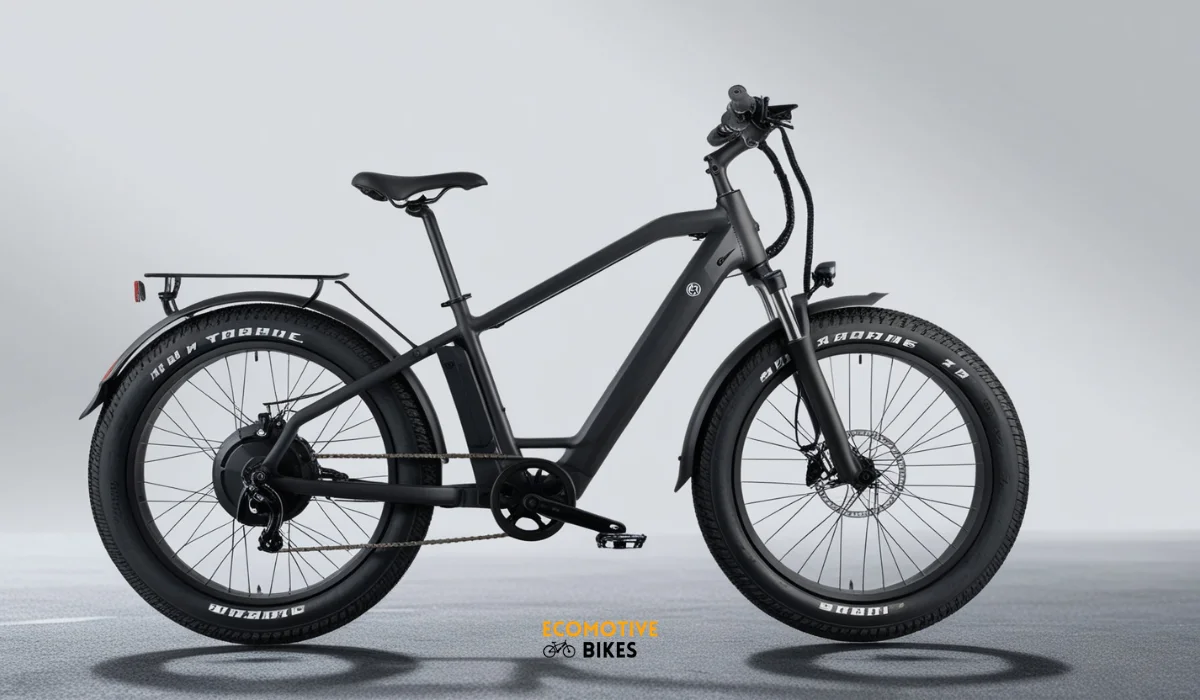
What are the types of electric bike throttles?
Electric bike throttles provide a motorbike-like experience, giving riders control over acceleration. Several types of throttles are available, each offering a unique way to manage speed.
1. Half-twist throttles
Despite the name, a half-twist throttle doesn’t require twisting halfway to control the bike’s speed. It simply means that the throttle takes up half of the handlebar grip space.
This type of throttle is operated by twisting the grip using your thumb and first two fingers. Half-twist throttles are popular because they reduce hand fatigue during long rides and minimize the chances of accidental acceleration.
2. Thumb throttle
A thumb throttle is a small lever that extends from the handlebar and is operated by pressing it down with your thumb. This design keeps the handlebar free from any bulky mechanisms, making it a more streamlined option.
Since thumb throttles require constant thumb pressure to engage the motor, the only concern is potential fatigue in the thumb after extended use. However, they are simple to operate and have a low risk of accidental engagement.
3. Trigger throttle
Trigger throttles work similarly to thumb throttles but use a finger-operated lever instead. The rider pulls the trigger with their fingers to control the throttle, offering a different ergonomic experience while keeping the control mechanism small and easy to use.
| Throttle Type | Operation Method | Handlebar Space | Accidental Operation Risk | Fatigue Level |
| Half-Twist Throttle | Twist of the wrist | Half the space of grips | Low | Moderate |
| Thumb Throttle | Pressing with the thumb | Minimal space | Lowest | Low |
| Trigger Throttle | Squeezing with the fingers | Minimal space | Low | Low |
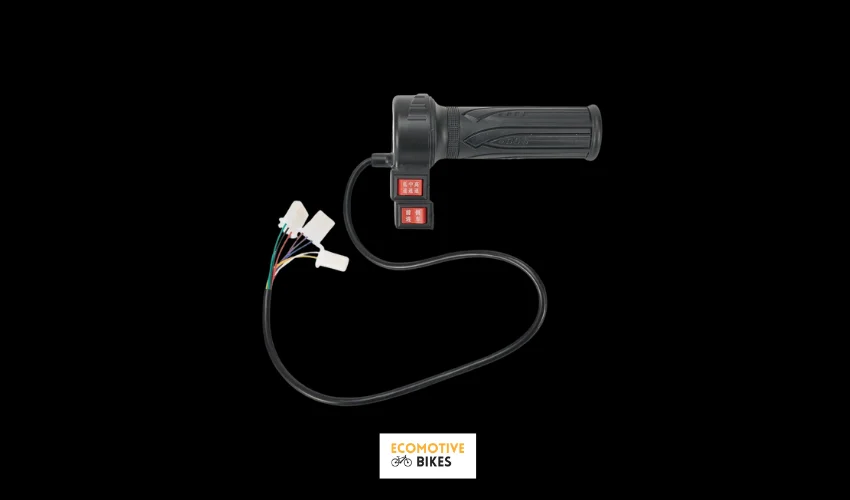
Do all e-bikes have a throttle?
Not all electric bikes come with a throttle, and this feature can be limited by regional laws. In some places, throttles are entirely banned, making pedal-assist systems a more common alternative. In these systems, the motor activates when you pedal, unlike throttles, where you can control the speed without pedaling.
Throttles do add versatility and convenience in places where they’re allowed, but regulations can greatly limit the types of e-bikes available for purchase in different regions. For example, e-bikes with throttles are much more prevalent in the United States, where the laws are generally more relaxed compared to Europe, where throttle use is more restricted.
If you’re considering purchasing an e-bike with a throttle, it’s important to research the local laws governing their use. Ensuring you understand the regulations will help you make an informed choice and ensure that you comply with any legal requirements.
Which e-bikes have a throttle?
E-bikes are classified into three different categories, and the availability of a throttle depends on the class:
- Class 1: These e-bikes are pedal-assist only, meaning the motor activates when you pedal. They have a top speed of 20 mph but do not feature a throttle.
- Class 2: In addition to pedal-assist, these e-bikes come equipped with a throttle, allowing you to power the bike without pedaling. The top speed is also 20 mph.
- Class 3: These e-bikes are pedal-assist only but can reach a higher top speed of 28 mph. Throttles are not allowed on Class 3 e-bikes.
Advantages of an e-bike throttle
- Convenience: Throttles offer great convenience, allowing riders to control the bike’s speed without pedaling. This can be especially useful when starting from a stop or climbing steep hills. For longer commutes, the throttle provides a more relaxed riding option.
- Safety: A throttle can provide a quick burst of acceleration in dangerous situations, such as when you need to quickly avoid an obstacle or cross an intersection.
- Comfort: Riders with physical limitations, such as knee or back problems, may find it easier to ride with a throttle, as it reduces the need to pedal.
Disadvantages of an e-bike throttle
- Battery Life: Frequent use of the throttle can drain the battery faster than a pedal-assist system, reducing the range of your e-bike.
- Speed: While the throttle allows for rapid acceleration, it can also lead to excessive speeds, which may not be ideal in certain conditions or environments.
- Cost: E-bikes with a throttle tend to be more expensive due to the additional components and complexity involved. Riders may also need to invest in extra batteries if they use the throttle frequently.
- Dependence: Riders who rely heavily on the throttle may lose the physical benefits of pedaling, potentially leading to decreased fitness over time.
- Legal Restrictions: Some regions have stricter rules about where Class 2 e-bikes with throttles can be ridden compared to Class 1 pedal-assist bikes. Checking local regulations is crucial before purchasing an e-bike with a throttle.
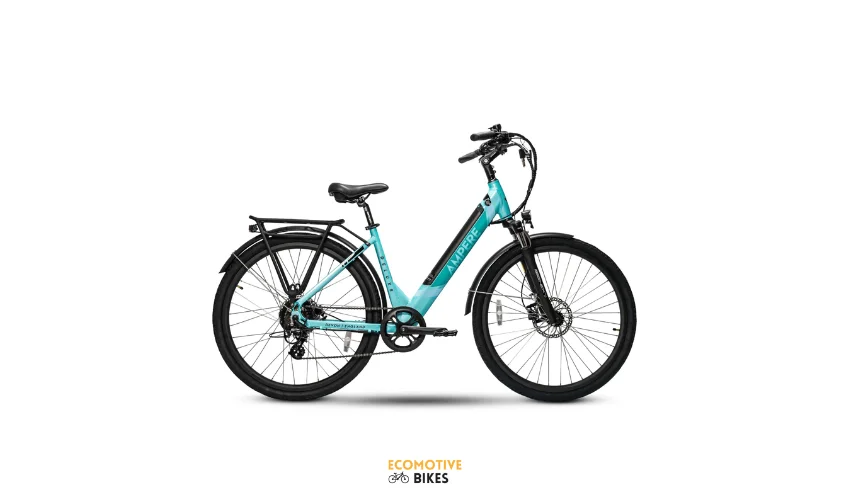
Throttle vs. Pedal-assist e-bikes
How does pedal-assist work on an e-bike?
Pedal-assist e-bikes are designed to assist as you pedal, allowing the motor to engage and amplify your pedaling power. The system is activated by a sensor detecting your pedaling motion, and it kicks in before you complete a full rotation of the cranks. This quick activation helps overcome initial inertia, making it easier to start from a standstill.
Most pedal-assist e-bikes feature an adjustable control system, often integrated into a handlebar-mounted display. Riders can increase or decrease the level of assistance using a +/- switch. It’s common to start on lower assistance settings, as higher settings can produce a jolt of power that may surprise an unprepared rider.
Pedal-assist systems usually offer a range of power levels, from low to high assistance. This can be adjusted dynamically as you ride, allowing you to conserve battery by reducing assistance on flat terrain or boosting power during climbs. The motor power generally ranges between 250W and 350W, though some high-performance e-bikes may feature even stronger motors. At higher power levels, you can expect the battery to drain faster, reducing the overall range.
Pedal-assist e-bikes typically offer a range of 20 to 40 miles per charge, though this can vary depending on factors like terrain, rider weight, and the level of assistance selected. In some cases, higher-end models, such as those from Kalkhoff, may reach up to 127 miles on eco mode, but heavy usage, particularly in turbo mode, will reduce the range significantly.
How a throttle works on an e-bike?
Throttle-based e-bikes provide an alternative way to control speed without requiring pedaling. A throttle is typically a small lever or button that, when pressed, sends power from the battery directly to the motor, propelling the bike forward. Throttles can come in various forms, such as a thumb throttle, trigger throttle, or twist throttle, with each offering different levels of control and comfort.
Throttle e-bikes function similarly to motorbikes, where acceleration is controlled solely by the throttle, independent of pedal input. This makes them particularly useful for situations where pedaling may be difficult, such as starting from a stop, climbing steep hills, or navigating through heavy traffic.
Pedal-assist vs. Throttle: a pros and cons comparison
| Feature | Pedal-Assist | Throttle |
| Control Method | The motor activates with a throttle lever/button. | No pedaling is required for movement. |
| Effort Level | Requires pedaling to gain assistance. | More efficient as the motor only assists in pedaling. |
| Battery Efficiency | The motor engages when you pedal. | Less efficient, as the throttle consumes more power. |
| Speed Control | Fine-tuned control based on pedal cadence. | Instant control with throttle input. |
| Range | Generally longer range due to assisted pedaling. | Shorter range, especially with frequent throttle use. |
| Ease of Use | More natural riding experience. Adjustable assistance. | Easier for quick starts and uphill navigation. |
| Physical Effort | Requires more rider input, promotes exercise. | More efficient as motor only assists in pedaling. |
| Legal Restrictions | Fewer restrictions in most regions, suitable for multi-use paths. | More restricted, especially in Europe and some US states. |
| Safety | More predictable power delivery, reduced risk of sudden acceleration. | Can be more abrupt, leading to potential control issues. |
| Initial Acceleration | Takes a moment to engage, depending on pedal force and sensor quality. | Instant acceleration, useful for fast maneuvers. |
| Price | Typically lower cost due to simpler mechanics. | Usually more expensive due to the throttle mechanism. |
Both pedal-assist and throttle e-bikes offer distinct advantages depending on rider preference and needs. Pedal-assist systems are great for riders seeking a more traditional biking experience with added power, improved range, and fewer legal restrictions. On the other hand, throttle systems provide convenience for those who want a more hands-free, effortless ride, but they come with a trade-off in range, efficiency, and legality in certain regions.
Before choosing an e-bike, it’s important to consider the type of riding you’ll be doing, the laws in your area, and your personal preferences for control, effort, and convenience.
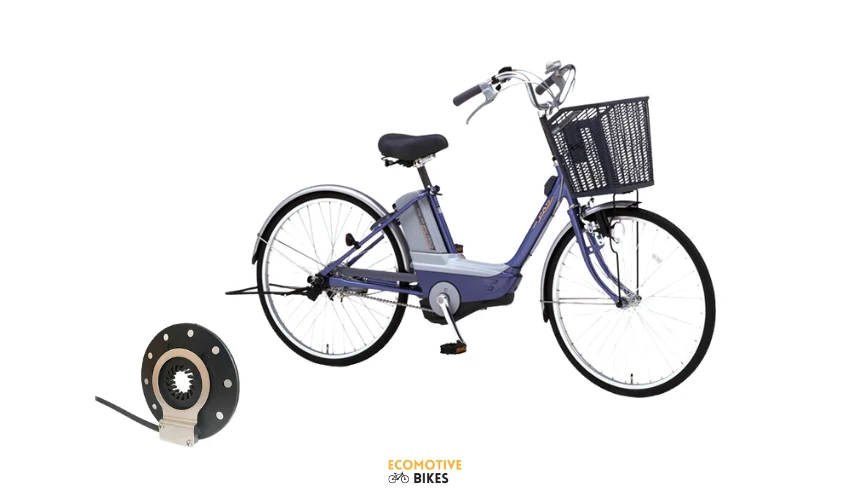
Do you need a throttle on an e-bike?
A throttle on an e-bike can be useful in various situations, especially when pedaling is challenging, such as uphill or starting from a standstill. It offers quick acceleration, making it helpful for city commuting or riders with physical limitations. However, using the throttle too often can reduce battery life and limit range.
While a throttle provides convenience, it’s important to balance its use with the pedal assist to maintain optimal battery performance. Ultimately, whether you need a throttle depends on your riding style and preferences. Read more throttle-related articles here.
Are throttles legal on electric bikes?
Regulations regarding throttles on e-bikes differ from country to country, here are the regulations for the USA, UK, and EU:
Throttle Regulations in the USA:
Regulations surrounding electric bikes, including those with throttles, can vary and may sometimes be confusing. This includes rules concerning maximum speed, motor output, and even speedometers. When purchasing an electric bike, it’s important to adhere to local laws rather than relying solely on information from the seller.
In this section, we’ll focus on the use of throttles on public roads, as laws governing private land use may differ. Every component of the bike, including lights, brakes, and battery plate, must comply with local regulations.
Throttle regulations primarily address safety concerns, speed limits, and power output. Once your bike surpasses certain power levels or speeds without the aid of pedaling, it may be classified as a motor vehicle, which could lead to restrictions on its use on public roads or shared pathways.
The legality of e-bike throttles can vary significantly by location. In the U.S., federal guidelines stipulate that an electric bike must have operable pedals, with motor-powered speeds capped at 20 miles per hour. However, individual states may impose further restrictions or modifications to these rules.
Throttle Regulations in Europe:
In contrast, European countries generally have stricter rules concerning electric bikes. The European Union limits e-bikes to a maximum motor output of 250 watts, with top speeds not exceeding 15.5 miles per hour (25 km/h). These regulations are more restrictive than those in the U.S.
Before purchasing or modifying an electric bike with a throttle, it is essential to understand the local laws in your area. Non-compliance could lead to fines or the bike being classified as an illegal vehicle, which may have serious legal and insurance implications.
Are throttles on e-bikes legal in the UK?
Yes, electric bikes equipped with throttles are legal in the UK, but they fall under a different set of regulations compared to standard e-bikes.
Classification:
If an e-bike can be powered solely by the throttle without pedaling, it is classified as a “Low Powered Moped.”
Regulations:
These bikes must meet specific legal requirements, including being registered, taxed, and insured. Additionally, the rider must hold a valid license. Other required features include integrated lights and mudguards.
Approval:
The Driver and Vehicle Standards Agency (DVSA) must test and approve the e-bike in the L1e category, which is for 250W Low Powered Mopeds. The bike must pass the safety and compliance standards set forth by the Electrically Assisted Pedal Cycle (EAPC) regulations.
Other Restrictions:
The bike cannot exceed a speed of 4 mph without the pedals being used, and the motor must disengage when the bike reaches 15 mph.
UK laws, which align closely with EU regulations, have significantly impacted the legality of “twist and go” throttles on e-bikes. Since January 1, 2016, the only legal throttles under EAPC rules are those that offer assistance when the rider is not pedaling, but only up to 6 km/h (around 3.7 mph).
If the rider exceeds 6 km/h without pedaling, the throttle must automatically cut off. However, if the rider is pedaling, the throttle may continue to provide assistance up to the maximum allowed speed of 15.5 mph.
For riders who purchased an e-bike with a full-speed throttle before January 1, 2016, there is no need to worry. These bikes are still classified as EAPCs and are exempt from registration and tax requirements. It is still technically possible to own a “twist and go” e-bike without penalties, provided it was manufactured or imported before the January 2016 cutoff.
Wrapping up: Do all e-bikes have a throttle inbuilt?
Not all e-bikes come with a throttle, and in many cases, local laws and regulations play a significant role in determining their availability and legality. While Class 2 e-bikes offer throttle assistance, other types rely solely on pedal-assist. Throttles provide a level of convenience, especially for riders looking for a boost without pedaling, but they come with trade-offs like reduced battery life and legal constraints in certain areas.
Ultimately, deciding whether a throttle is necessary depends on your specific riding style and the regulations where you live. For those who enjoy quick acceleration or need assistance due to physical limitations, a throttle can be a great feature. However, understanding both the benefits and drawbacks, along with the legal requirements, will help you make an informed decision and get the most out of your e-bike experience.
FAQs: E-bike throttles legal or not?
Do all e-bikes come with a throttle?
No, not all e-bikes come with a throttle. E-bikes can be classified into three categories: Class 1, which relies solely on pedal-assist; Class 2, which includes both pedal-assist and a throttle; and Class 3, which is pedal-assist only but has a higher speed limit. Throttles are typically found on Class 2 e-bikes.
What is the difference between a throttle and pedal-assist on an e-bike?
A throttle allows you to control the speed of the e-bike without pedaling, similar to how a motorcycle works. Pedal-assist, on the other hand, requires you to pedal for the motor to provide assistance. The level of assistance in pedal-assist can usually be adjusted, while throttles provide instant power without needing to pedal.
Can I add a throttle to an e-bike that doesn’t have one?
In some cases, it’s possible to add a throttle to an e-bike that doesn’t come with one, but this depends on the bike’s motor and electronics. You’ll need to check with the manufacturer or a professional e-bike technician to see if your model can support a throttle add-on.
Is it legal to use an e-bike throttle in my area?
Throttle legality varies depending on your location. In the U.S., many states allow throttles on Class 2 e-bikes, but Europe generally has stricter regulations, with many countries limiting e-bikes to pedal-assist only. It’s essential to check your local laws to ensure you comply with legal requirements before using a throttle-equipped e-bike.
Does using the throttle drain the battery faster?
Yes, using the throttle generally drains the battery faster compared to pedal-assist because the motor provides more direct power without assistance from your pedaling. Riders who use the throttle frequently may notice a shorter battery range, especially when riding at high speeds or on uphill terrain.
Are e-bike throttles safe?
E-bike throttles are generally safe when used responsibly, but they do allow for rapid acceleration, which can be dangerous if not handled carefully. Riders should be aware of their surroundings and the throttle’s power, especially when navigating busy streets or crowded areas.
What types of throttles are available for e-bikes?
There are three main types of throttles for e-bikes:
Half-twist throttles, which require a twist of the wrist and occupy half of the handlebar grip space.
Thumb throttles are operated by pressing a small lever with your thumb.
Trigger throttles, which are activated by squeezing a lever with your fingers.
Each type has its pros and cons in terms of ease of use and comfort.
Do throttles make e-bikes heavier?
Adding a throttle doesn’t significantly increase the weight of an e-bike, as the component itself is lightweight. However, e-bikes with throttles might have slightly more complex wiring, which could add a small amount of weight compared to pedal-assist-only models.
Can you ride an e-bike with a throttle on bike paths?
In some regions, throttled e-bikes are restricted from using bike paths, especially if they are classified as motorized vehicles. This is common in areas with strict e-bike regulations, such as parts of Europe. Always check local regulations before riding on bike paths.
Can I ride a throttle e-bike without using the throttle?
Yes, you can ride a throttle-equipped e-bike without using the throttle. In most cases, you can rely solely on pedal-assist or simply pedal without any motor assistance if you prefer. The throttle is an optional feature you can use when needed.

